Axel
TPF Noob!
I just wonder if it's normal that the pictures taken with an ISO 1600 B&W come out with extreme contrasts... The black is very black and the white is very white...
Also, I thought they were good for dark pictures, but the ones I have taken in the dark came out like crap! All black! Is it that hard to take good pictures with an ISO 1600? I took a roll of ISO 100 the other day and they came out extremely nice. And for some reason I was able to use faster shutter speed too, than with the 1600, which surprised me a lot...
Any thoughts on these comments?
Also, I thought they were good for dark pictures, but the ones I have taken in the dark came out like crap! All black! Is it that hard to take good pictures with an ISO 1600? I took a roll of ISO 100 the other day and they came out extremely nice. And for some reason I was able to use faster shutter speed too, than with the 1600, which surprised me a lot...
Any thoughts on these comments?








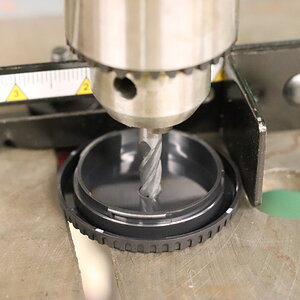

![[No title]](/data/xfmg/thumbnail/37/37133-3388fda4190cd07dbd7950af7b6ca646.jpg?1619737884)
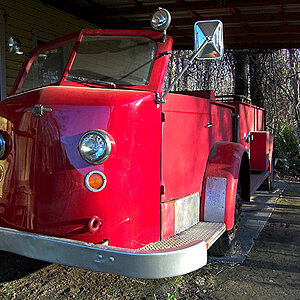
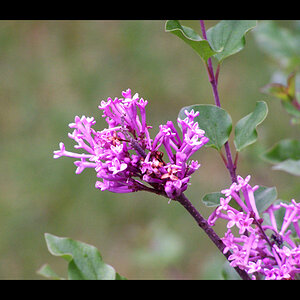
![[No title]](/data/xfmg/thumbnail/31/31038-84f0b9d14b7ced20e61bc19a9d4dfcc2.jpg?1619734581)
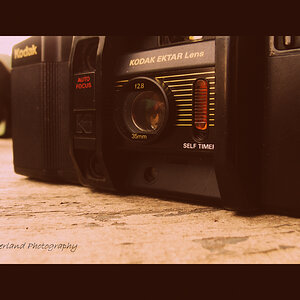
![[No title]](/data/xfmg/thumbnail/36/36132-5bd4fa365c199003273e0ff128bf42f4.jpg?1619737384)
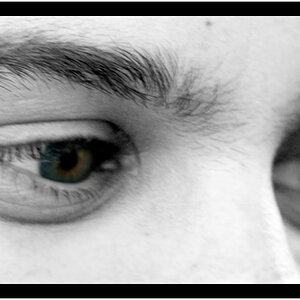
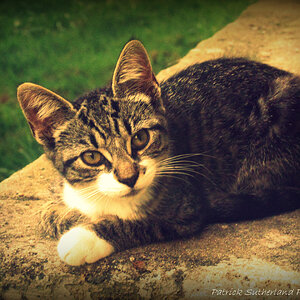
![[No title]](/data/xfmg/thumbnail/1/1592-cfae4a7ea791f96c6e2d03484be2e454.jpg?1619729144)
![[No title]](/data/xfmg/thumbnail/37/37137-43b5701b1efb7322c2c9fa6a1e30ccfa.jpg?1619737884)